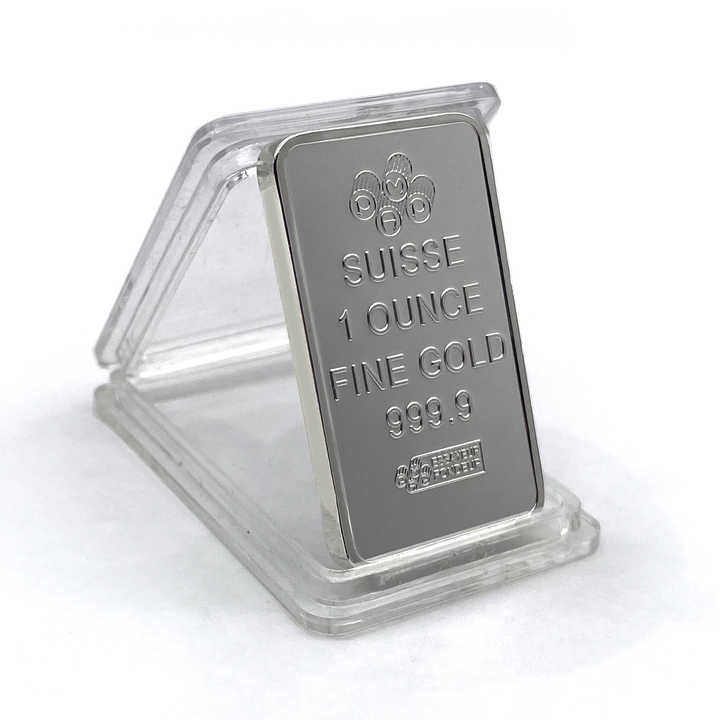instructions for smelting sterling silver
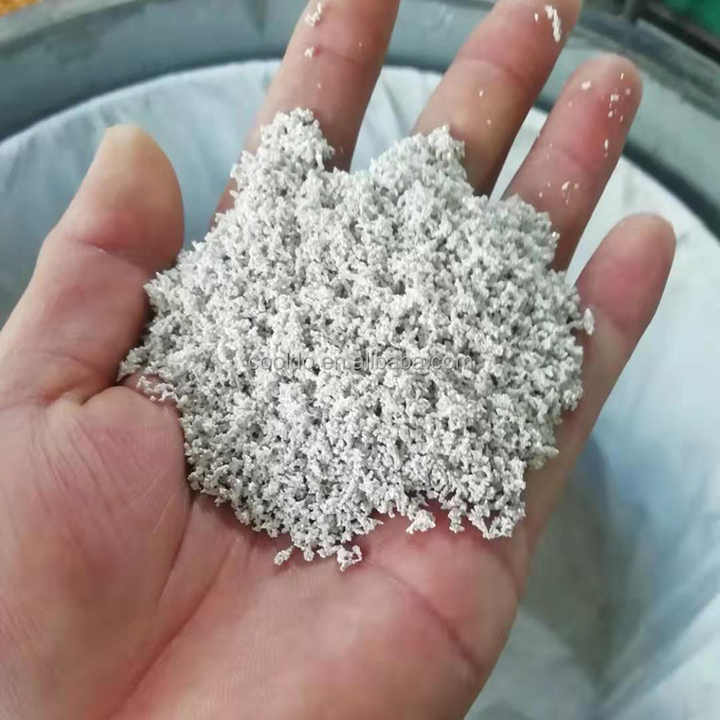
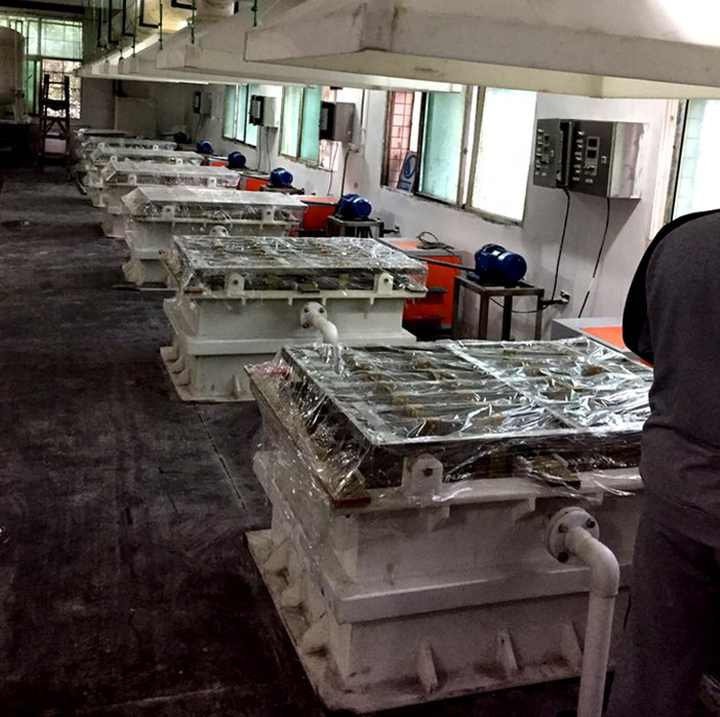
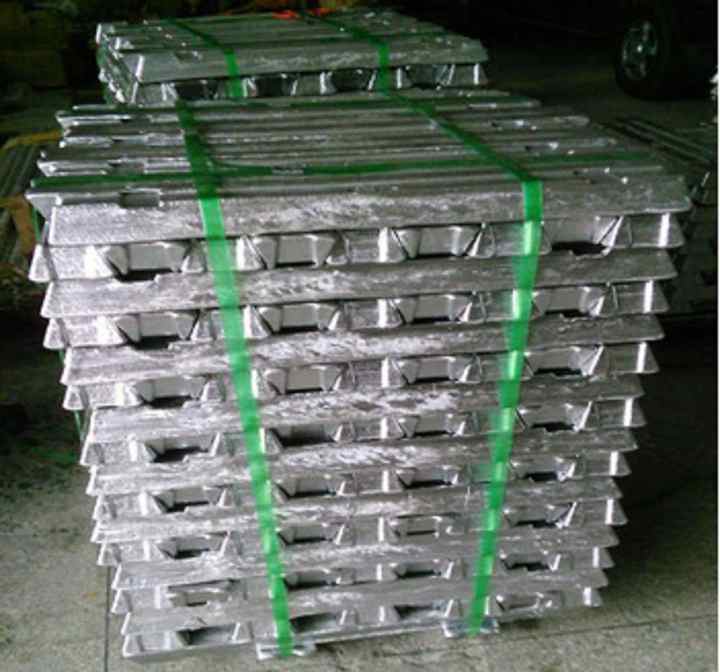
Instructions for Smelting Sterling Silver
Smelting sterling silver can be an exciting and rewarding process for both hobbyists and professional metalworkers. This guide will provide you with detailed instructions on how to safely and effectively smelt sterling silver, ensuring you achieve high-quality results.
Understanding Sterling Silver
Sterling silver is an alloy that consists of 92.5% silver and 7.5% of other metals, usually copper. This combination enhances the durability of silver while retaining its desirable aesthetic qualities. When smelting sterling silver, it is essential to recognize the presence of copper and other alloys, as they can influence the melting process.

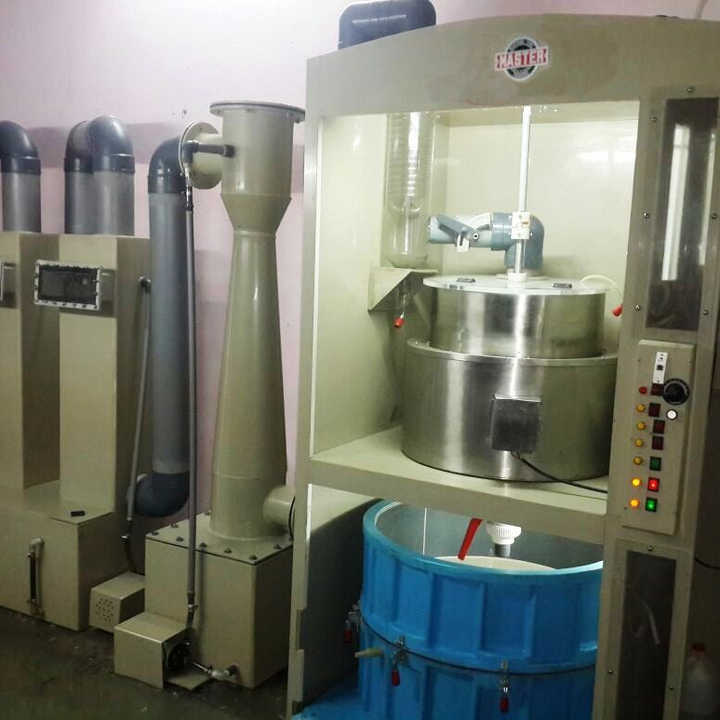
Equipment and Materials Needed
Before you begin, gather the following equipment and materials:
Essential Equipment
- Furnace: An electric furnace or propane torch capable of reaching temperatures of around 1,763°F (961.8°C).
- Crucible: A high-temperature crucible made from graphite or ceramic to hold the silver during melting.
- Safety Gear: Protective gloves, goggles, and a face shield to ensure your safety during the process.
- Mold: A heat-resistant mold for pouring the molten silver.
Additional Materials
- Flux: Borax or another suitable flux to help purify the silver during the melting process.
- Scrap Sterling Silver: Collect your scrap sterling silver pieces, ensuring they are clean and free from contaminants.
Step-by-Step Instructions for Smelting Sterling Silver
Step 1: Prepare Your Workspace
Choose a well-ventilated area for your smelting project. Ensure your workspace is clean and organized, free from flammable materials. Set up your furnace or torch according to the manufacturer’s instructions.
Step 2: Prepare the Crucible
- Clean the Crucible: Before use, thoroughly clean the crucible to remove any impurities that could affect the melting process.
- Add Flux: Place a small amount of flux at the bottom of the crucible. This will help to remove impurities and improve the quality of the final product.
Step 3: Load the Silver
- Add Sterling Silver: Place your scrap sterling silver into the crucible on top of the flux. Ensure the pieces are reasonably small to promote even melting.
- Cover with Flux: Add more flux on top of the silver to create a protective layer. This will minimize oxidation and assist in the purification process.
Step 4: Start the Melting Process
- Heat the Furnace: If using an electric furnace, set it to the appropriate temperature. If using a torch, ignite it and adjust the flame to create an even heat.
- Monitor the Temperature: Keep a close eye on the temperature to ensure it reaches around 1,763°F (961.8°C), at which point the sterling silver will begin to melt.
Step 5: Melting the Silver
- Watch for Changes: As the silver melts, you may see it transition from a solid to a molten state. Stir gently if necessary to promote even melting.
- Remove Impurities: Once melted, carefully skim any dross or impurities that rise to the surface. This is an essential step to ensure high-quality silver.
Step 6: Pouring the Silver
- Prepare the Mold: Ensure your mold is preheated and ready to receive the molten silver.
- Pour Carefully: Using tongs, remove the crucible from the furnace or torch and carefully pour the molten silver into the mold. Take your time to avoid spills and splashes.
Step 7: Cooling and Finishing
- Allow to Cool: Let the silver cool and solidify in the mold. This may take some time, depending on the size of the pour.
- Remove from Mold: Once cooled, carefully remove the silver from the mold and inspect it for any imperfections or dross.
Safety Precautions
- Always wear appropriate safety gear, including gloves and goggles, during the smelting process.
- Ensure proper ventilation to avoid inhaling harmful fumes.
- Keep a fire extinguisher nearby in case of emergencies.
Smelting sterling silver can be a fulfilling process that allows you to reclaim and repurpose silver scrap. By following these instructions and taking the necessary safety precautions, you can successfully melt sterling silver, creating beautiful new pieces for your projects. With practice and attention to detail, you can refine your skills and enjoy the art of metalworking.










